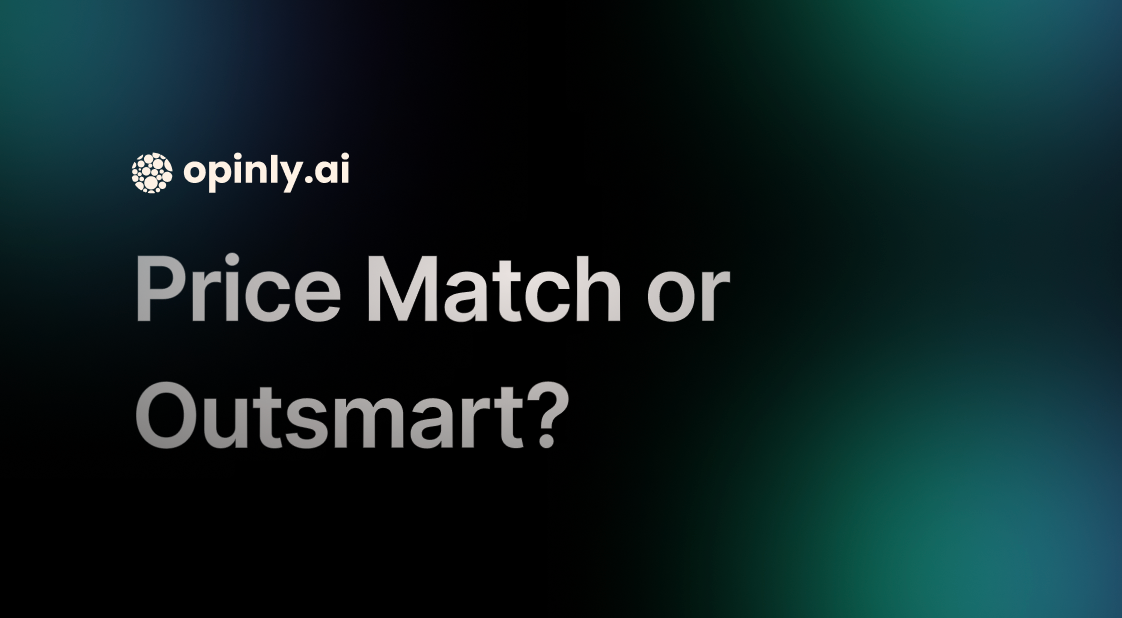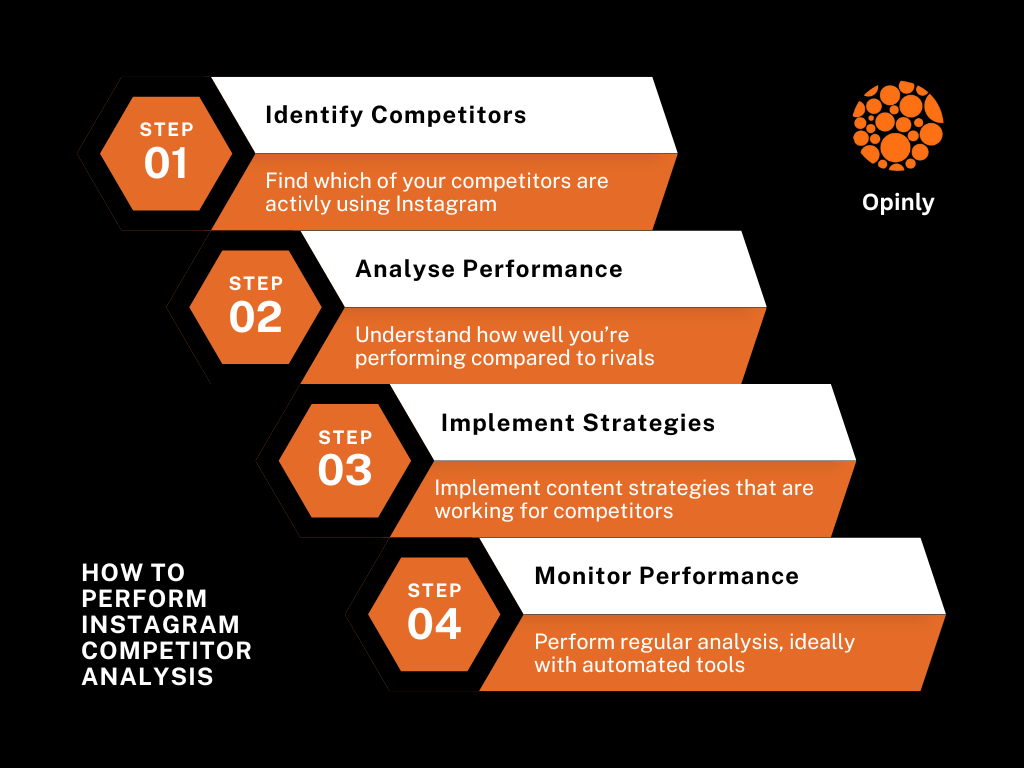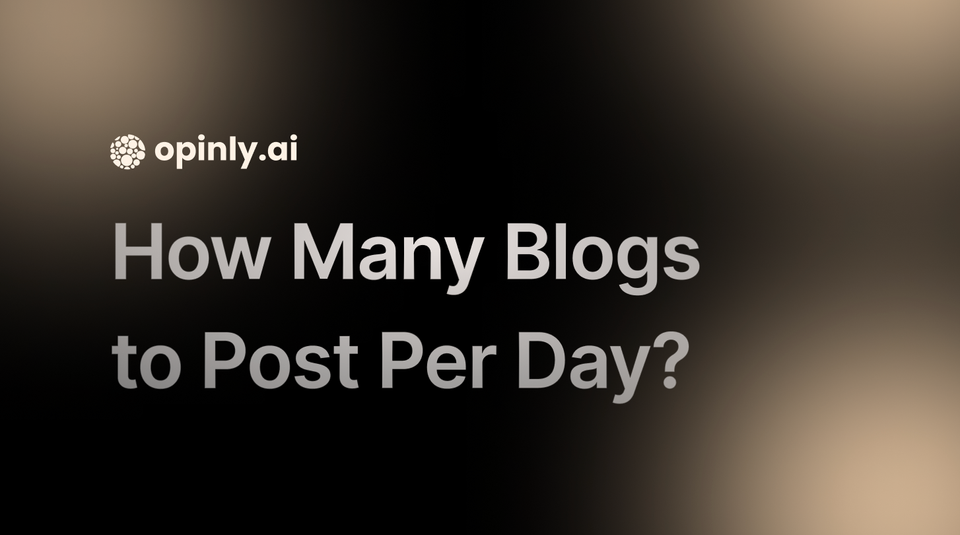Price Match or Outsmart? AI Reveals Your Competitors' Online Pricing Strategies
Gain a competitive edge in the market by leveraging AI to analyze and reveal your competitors' online pricing strategies. Price match effectively or outsmart them with valuable insights.

You operate in a cutthroat market. You have to keep yourself one step ahead of your business rivals. In most cases, it can spell the difference between success and failure.
Shoppers making online purchases now exhibit heightened consumer awareness. When deciding what they will buy, they are often swayed by the smallest price differentials.
Should you focus on price matching your rivals? Or should you seek to outsmart your competitors through more sophisticated pricing strategies?
Artificial intelligence (AI) entered the picture. It shed new light on this conundrum. It provides pricing tools that use sophisticated algorithms, analytics, and other tools. They help you understand the prices of your competitors.
AI-powered pricing tools can now show insights. They were once shrouded in mystery.
With this information, businesses can now make better pricing decisions. They may then gain a vital edge over the competition.
Price Matching
What is price matching? This business strategy is defined as matching or beating the price of a business rival. Retailers agree to match or beat a lower price from a competitor. The price is for an identical product.
Price matching enables the customer to secure the best possible deal. The customer won't have to hop from one store to another.
Many big retailers offer price matching. They range from large stores to online giants.
Price matching may hurt a retailer's profits. Yet, it can bring big benefits.
Increased sales
By offering price matching, retailers can prevent customers from taking their business elsewhere. This can help drive sales and maintain market share.
Improved customer satisfaction
Satisfied customers are more likely to repeat their purchases. Price matching demonstrates a retailer's commitment to providing a positive shopping experience.
Competitive advantage
In a crowded marketplace, price matching can set a retailer apart. It can be a differentiating factor against the competition.
Reduced price wars
Price matching by retailers can prevent a "race to the bottom." Prices dive in this race, slashing profit margins.
Limitations
Price matching is valuable for consumers and retailers. But, they need to understand its limits. One limitation is that price matching policies have specific terms and conditions. For instance, they often must match the competitor's price for an identical product. They may also exclude some sales or promotions.
Also, retailers may limit the number of price matches per customer or transaction. Additionally, price matching does not apply to all products. Retailers may exclude specific categories or brands from this policy.
In some instances, conducting price matching can be time-consuming or inconvenient for customers.
Outsmarting Competitors with AI
Outsmarting involves using sophisticated pricing strategies. It goes beyond matching the lowest price.
Retailers tapped into the data insights. They gathered the insights using AI-powered pricing tools. Pricing intelligence tools help businesses to track and analyze their rivals' prices.
AI-powered pricing tools help retailers understand their competitors' pricing. In turn, they can use this knowledge to their advantage.
For example, an AI might show that a rival company often raises prices on some products when demand is high. This happens, for instance, during holiday seasons.
Retailers can use this information to create a pricing strategy. They set a premium base price for those products. They will offer discounts or promotions at other times of the year when demand is lower.
As a result, they can capture more of the available profit. And they can do so without alienating price-conscious consumers.
Understanding the AI Advantage
AI pricing uses advanced algorithms and data analytics. It tracks market conditions and fine-tunes prices to match.
Traditional pricing models rely on static formulas or manual adjustments. However, AI-powered pricing is dynamic and responsive, enabling you to adapt in real time.
Retailers use AI tools. One tool is competitor price-tracking software. It monitors the prices that its competitors charge. The competitors offer similar products.
Competitor pricing software assists businesses in making strategic pricing decisions. A factor essential for maintaining your competitive edge in the market.
AI pricing systems use machine learning. They can find patterns, trends, and customer behaviors. These inform the best pricing points. You can assess the competitor rates. You can look at inventory levels about seasonality and economic indicators. Then, you could make data-driven decisions about your pricing.
The result? Prices are constantly optimized to boost revenue and profits.
Benefits of AI-Powered Pricing Intelligence
AI technology has changed how businesses approach pricing. It offers many compelling advantages.
Comprehensive data collection
AI-powered tools can search the internet and social media. They do this to collect vast amounts of pricing data. They get it from many competitors and market segments.
The level of data gathering done through AI would be virtually impossible for a human team to achieve. The data provides businesses with a better understanding. It covers the competitive landscape.
Real-time monitoring
Boston Consulting Group explained that AI algorithms can monitor and analyze pricing data. They can do this continuously and in real time. It allows retailers to stay ahead of market trends and respond quickly to changes.
Real-time monitoring can make your business more agile. This is crucial in today's fast-paced business environment. It allows you to adapt quickly, which can make the difference between success and failure.
Personalized pricing
AI can also enable personalized pricing. Customers receive offers tailored to their preferences, purchase history, and other relevant factors.
Customization improves the customer experience. It also improves your sales.
Reduced pricing errors
Manual pricing processes are prone to human errors. These errors can lead to missed opportunities or lost revenues.
AI-driven pricing solutions can fix these errors. They make sure prices are always right and match market conditions.
Ethical Considerations
Using AI for competitor pricing analysis raises key ethical and regulatory issues.
We must address concerns about data privacy. We must also address concerns about algorithm transparency and the potential for anti-competitive practices.
Organizations must ensure that their AI analysis follows laws and best practices. They must also maintain a commitment to ethical and responsible data usage.
Future of Competitive Pricing Analysis
AI technologies continue to evolve. Artificial intelligence will play a larger role in competitive pricing analysis.
FasterCapital gave an excellent example of how AI-powered pricing is helping businesses. It cited the ride-sharing app Uber.
According to FasterCapital, Uber depends heavily on AI-powered pricing to determine its fares. The AI algorithm considers distance, time of day, and demand to determine the fare for each ride. This pricing strategy allowed Under to adjust its fares to match the supply and demand.
You can expect to see better tools and techniques. They will give businesses deeper, more useful insights into their competitors' pricing.
Moreover, AI will integrate with other new technologies. These include the Internet of Things (IoT) and predictive analytics. This integration will enhance competitive pricing analyses.
Knowledge of computer science could give you a big advantage. It will help you use AI in your pricing strategy. If you lack a computer science background, you could enroll in a cheap accredited online bachelor degree program. It will expand your knowledge of how AI and machine learning work.
Frequently Asked Questions
What is AI competitor price tracking?
AI competitor price tracking refers to the use of advanced algorithms and machine learning techniques to continuously monitor and analyze the pricing data of a business's competitors. This includes gathering information from various online sources, such as competitor websites, e-commerce platforms, and industry databases, to establish a comprehensive understanding of the market's pricing landscape.
How can AI-powered price tracking benefit my business?
Implementing AI-powered price tracking can provide your business with several key advantages. It allows you to stay informed about your competitors' pricing strategies in real-time, enabling you to make more informed decisions and respond quickly to market changes. This can help you maintain a competitive edge, optimize your own pricing, and ultimately drive increased revenue and profitability.
What are the key features to look for in an AI competitor price tracking solution?
When selecting an AI competitor price tracking solution, there are several important features to consider. The solution should be able to gather pricing data from a wide range of sources, including e-commerce platforms, retailer websites, and industry databases.
The solution should provide timely and accurate pricing information, allowing you to respond quickly to market changes.
Further, the solution should offer robust analytical capabilities, enabling you to identify trends, detect pricing anomalies, and generate actionable insights.
How can I get started with AI competitor price tracking?
Implementing an AI competitor price tracking solution can be a straightforward process. Start by evaluating your current pricing strategies and identifying the key areas where you need to improve your competitive intelligence. Then, research and evaluate various AI-powered solutions that align with your business needs and objectives.
How Can Businesses Effectively Implement AI Competitors' Price Tracking?
To effectively implement AI competitors' price tracking, businesses should define clear objectives and KPIs. Clearly articulate the specific goals and metrics that will be used to measure the success of your AI price tracking initiatives.
Second, invest in high-quality data sources. Ensure that the data being used for your AI models is accurate, comprehensive, and up-to-date.
Lastly, continuously monitor and optimize. Regularly review the performance of your AI-powered price tracking system and make necessary adjustments to improve its accuracy and effectiveness.
Striking a Balance
The choice to use price matching or AI pricing depends on your business, industry, and customers.
In some instances, retailers adopt a hybrid approach that combines elements of both strategies for the best results.
Regardless of the approach, one thing is clear. AI-powered pricing tools transformed the competitive landscape. They give businesses a powerful new weapon.
Smart organizations can use the insights from these solutions. They can navigate the complexities of online pricing. They can position themselves for long-term success in an increasingly cutthroat e-commerce environment.




